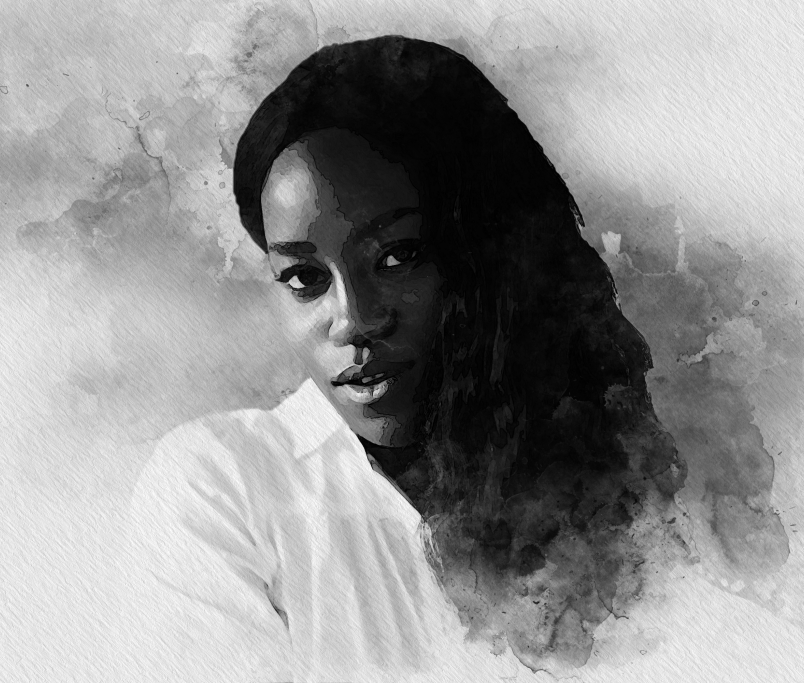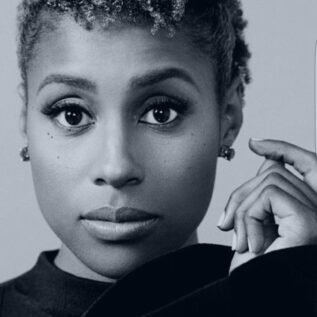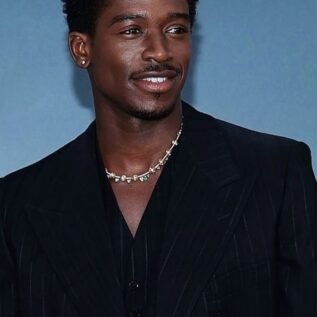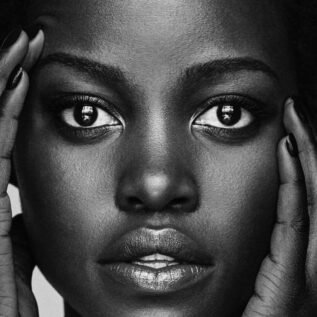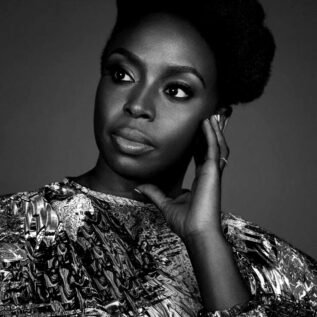
/
June 2024
★BLK Hibiscus
Venice, as the city’s famed canals brace for the influx of art enthusiasts descending upon the 60th Venice Biennale, a fresh voice emerges from the Nigerian Pavilion. At its helm stands Aindrea Emelife, a 29-year-old curator whose journey from London to Lagos, and now to the floating city, embodies the essence and dynamism of the AfroNouveau.
Born in London, United Kingdom, Emelife studied at The Courtauld Institute of Art before embarking on a multifaceted career as a curator and art historian, producing highly acclaimed exhibitions for museum, galleries and private collections internationally. Recent exhibitions include BLACK VENUS; a survey of the legacy of the Black woman in visual culture which opened at Fotografiska NY and will tour to MOAD (San Francisco, USA) and Somerset House (London, UK) in 2023.
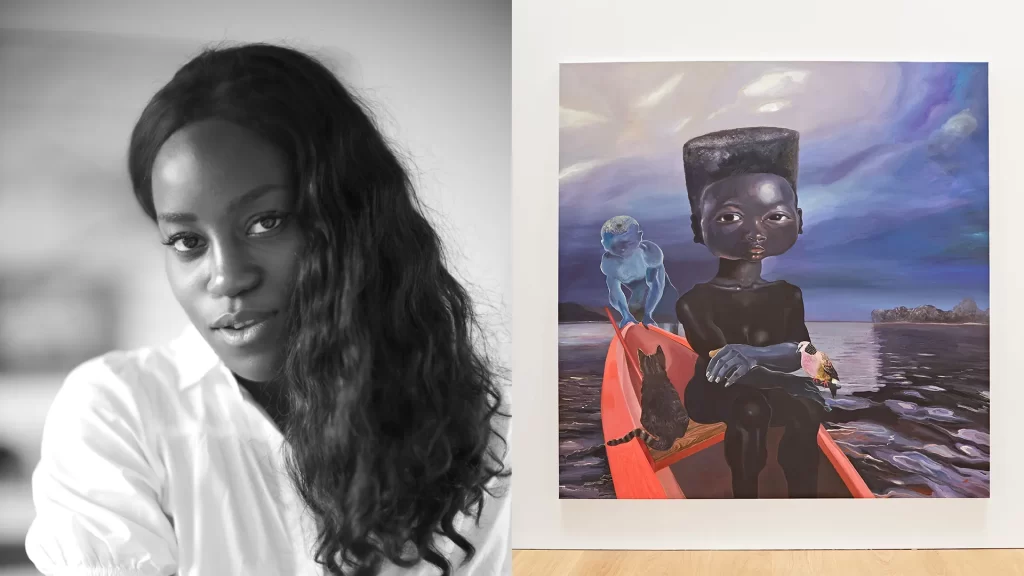
Emelife’s first book, A Brief History of Protest Art was released by Tate in March 2022, Emelife has contributed to exhibition catalogues and publications, most recently including Revising Modern British Art (Lund Humphries, 2022) In 2021, Emelife was appointed to the Mayor of London’s Commission for Diversity in the Public Realm.
“Nigeria Imaginary,” Emelife’s brainchild for this year’s exhibition, isn’t just a showcase—it’s a bold reimagining of what Nigerian art can be. “When it comes to Nigerian art, many people still think of painting, specifically figurative painting,” Emelife explains, her voice carrying the weight of expectation and excitement. “I wanted to select artists with very varied mediums.”
This isn’t just another art show. It’s a statement. With only 13 African countries participating this year—up from a mere 9 in 2022—Emelife’s curation carries the dreams and aspirations of not just a nation, but a continent. The pressure is palpable, but so is the potential for change.
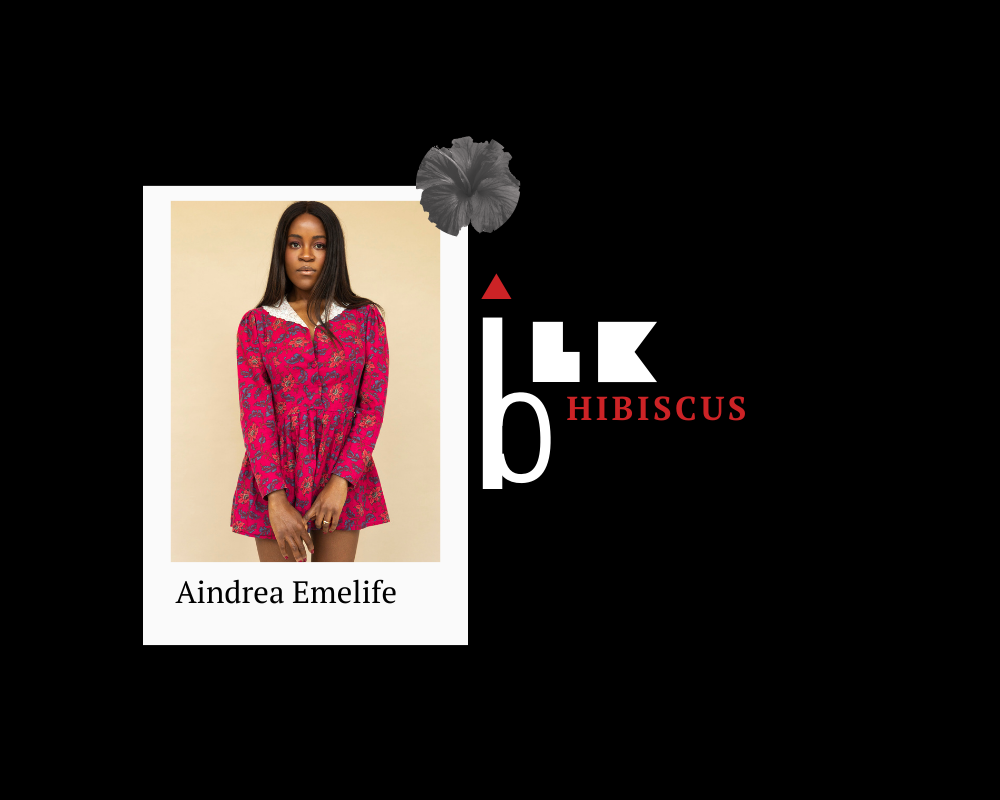
Emelife’s own story reads like a manifesto for the new generation of African creatives. Picture a young girl, wide-eyed in London’s National Portrait Gallery, discovering her calling. Fast forward to a teenager, the only Black student in her art history program at the prestigious Courtauld Institute, boldly pitching to the Financial Times. “I don’t know if it was the boldness of youth,” she reflects, “but I really went for it.”
That boldness has been Emelife’s North Star. From guerrilla-style exhibitions in empty London storefronts to curating for major institutions, her trajectory has been anything but conventional. “I took chances and hoped someone would say yes,” she says, a hint of that youthful audacity still evident in her voice.
Now, as she prepares to unveil “Nigeria Imaginary” to the world, Emelife stands at the intersection of tradition and innovation. The exhibition, featuring artists like Precious Okoyomon and Yinka Shonibare, isn’t just about showcasing talent—it’s about challenging perceptions and rewriting narratives.

“The artistic legacy and art history in Africa are much more layered and rich than many realize,” Emelife asserts, her words a rallying cry for recognition and respect. “I want to be a part of changing those books.”
As Venice braces for the Biennale’s opening, Emelife’s vision extends beyond the canals. “Nigeria Imaginary” is set to travel to the Museum of West African Art (MOWAA) in Benin City come 2025, a homecoming that promises to reshape the artistic landscape of West Africa.
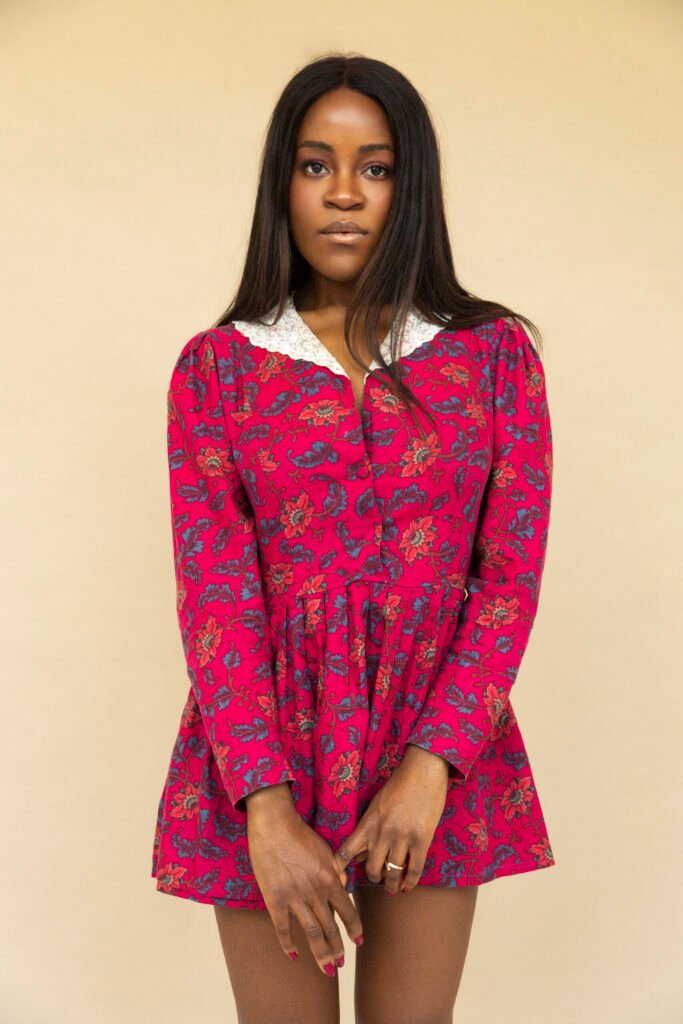
In Emelife’s hands, curating becomes more than arranging art pieces—it’s about crafting new realities, challenging old narratives, and inviting the world to see Nigeria, and indeed Africa, through fresh eyes. As the art world turns its gaze to Venice, Emelife and her cohort of artists stand ready to paint a new picture of African creativity—bold, diverse, and unapologetically imaginative




